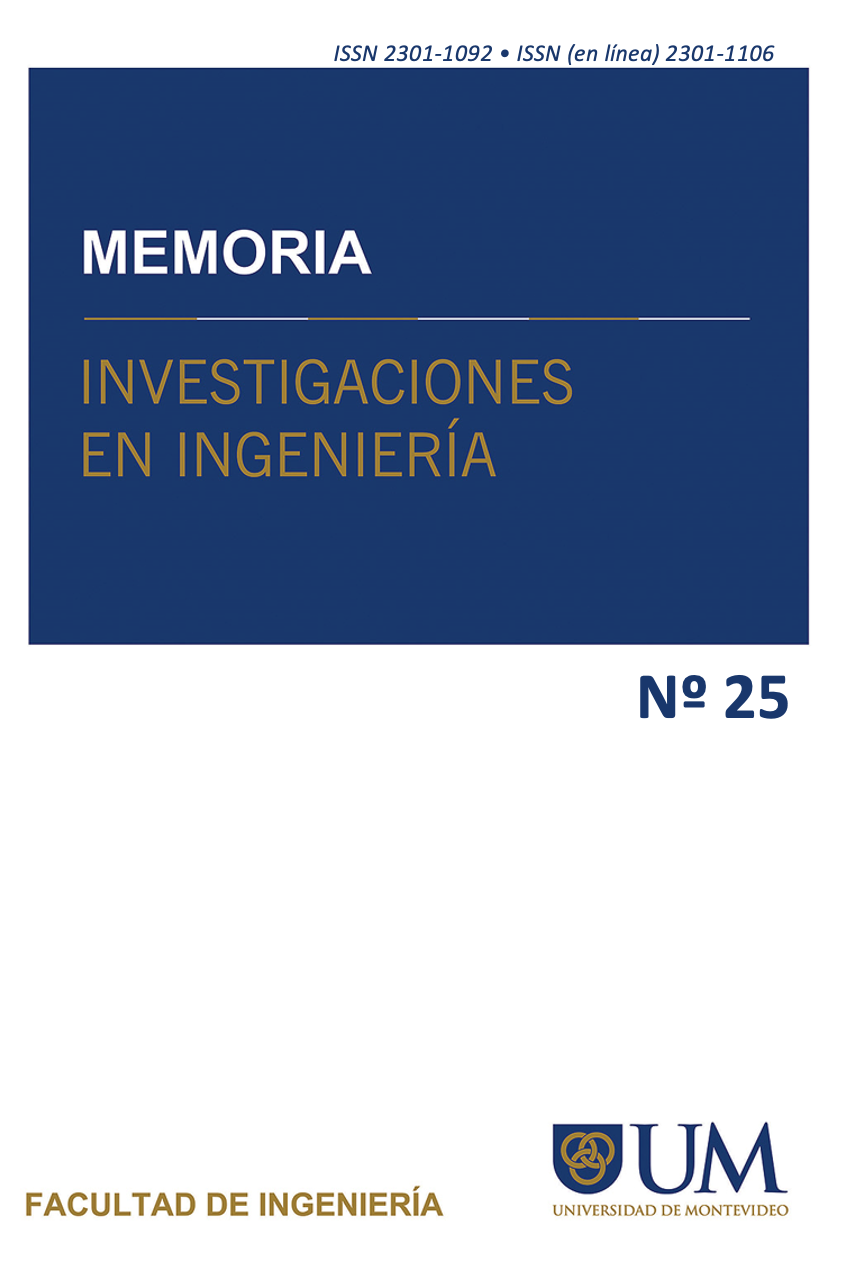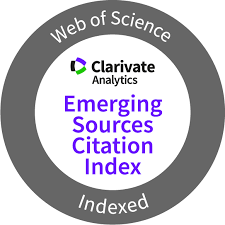Environmental impacts of oil activity in an Amazonian region of Peru
DOI:
https://doi.org/10.36561/ING.25.11Keywords:
Environmental impacts, Macro processes, Petroleum activity, Environmental measures, Crude oilAbstract
With the objective of determining and identifying the environmental impacts generated by the oil activity in Saramiriza, Datem del Marañón, this research was carried out, since this activity has been the focus of attention of multiple local and global environmental actions, in areas where crude oil is processed, being one of the industries with the greatest environmental impacts present in diverse ecosystems in the different phases and typical operational practices of the industry according to IUCN and E&P Forum (1991). The methodology used is divided into the preliminary stage, which consisted of recording and searching for bibliographic information on the central problem, then the field stage, for in situ data collection using inspection techniques to identify the environmental components to be studied for a period of 20 days. And finally, the processing stage to identify the magnitude and importance of the impacts worked with the cabinet, using the CONESA matrix, in order to assess the environmental impacts. As a result, an estimated/approximate rating of importance was obtained for each impact and its improvement alternative, where the situational status of the identified area in relation to the development of the activity is known.
Downloads
References
Muñoz, Y. P. (2019). Evaluación de impacto socioambiental, por derrame de petróleo de un ducto en Comalcalco, Tabasco. Journal of Basic Sciences.
Oefa. (2021). PROYECTO DE INVESTIGACIÓN PARA LA FISCALIZACIÓN AMBIENTAL. Obtenido de file:///C:/Users/MARCO%20REATEGUI/Downloads/cita%201%20(1).pdf
PIÑA COMERMA, E. (2004). Modelado numérico de la deriva y envejecimiento de los hidrocarburos vertidos al mar: aplicación operacional en la lucha contra las mareas negras Trabajo de grado:
https://www.tesisenred.net/bitstream/handle/10803/6404/TECP3de4.pdf?sequence=3&isAllowed=y.
Pueblo, D. d. (septiembre de 2022). Obtenido de https://www.defensoria.gob.pe/defensoria-del-pueblo-derrame-de-petroleo-en-el-km-55-del-oleoducto-norperuano-llego-al-rio-maranon/
Rodríguez. (2011). Guía de investigación científica – Universidad de Ciencias y Humanidades. Fondo Editorial.
Sampieri, D. R. (2014). Metodología de la INvestigación. Mc Graw HIll.
SEIA. (2019). Guía para la identificación y caracterización de impactos ambientales. Obtenido de https://www.minam.gob.pe/wp-content/uploads/2018/10/Guia-Impactos.pdf
SENAMHI. (2021). Datos Meteorológicos De la Ciudad De Iquitos. Estación de Iquitos.
Tam, J. G. (2008). Tipos de Métodos y estrategias de investigación. Universidad Ricardo Palma / Universidad Nacional Agraria la Molina.
UICN y E&P, F. (1991). Pautas de Operación de la Industria Petrolera para las Selvas Trolopicales. Imforme No. 2,49/170.
Vallejo., M. (2002). El diseño de investigación: una breve revisión metodológica.
VELA, R. E. (2018). Estudio de la actividad extractiva petrolera y su impacto en la economía de la región Loreto.
Vitoria, C. F. (2010). Guía Metodológica para la evaluación del Impacto Ambiental. Obtenido de https://books.google.com.co/books?id=wa4SAQAAQBAJ&printsec=frontcover&hl=es#v=onepage&q&f=false
Vitoria, V. C. (1997). Guía Metodológica para la evaluación del Impacto Ambiental.
Wernersson. (2004). Aquatic ecotoxicity due to oil pollution in the Ecuadorian Amazon. Aquatic Ecosystem Health & Management.
Zamora, A. C., & Ramos, J. (2010). Las actividades de la industria petrolera y el marco ambiental legal de Venezuela. Una visión crítica de su efectividad Revista Geográfica Venezolana, vol. 51, núm. 1, enero-junio, 2010, pp. 115-144. Universidad de los Andes Mérida, Venezuela.























